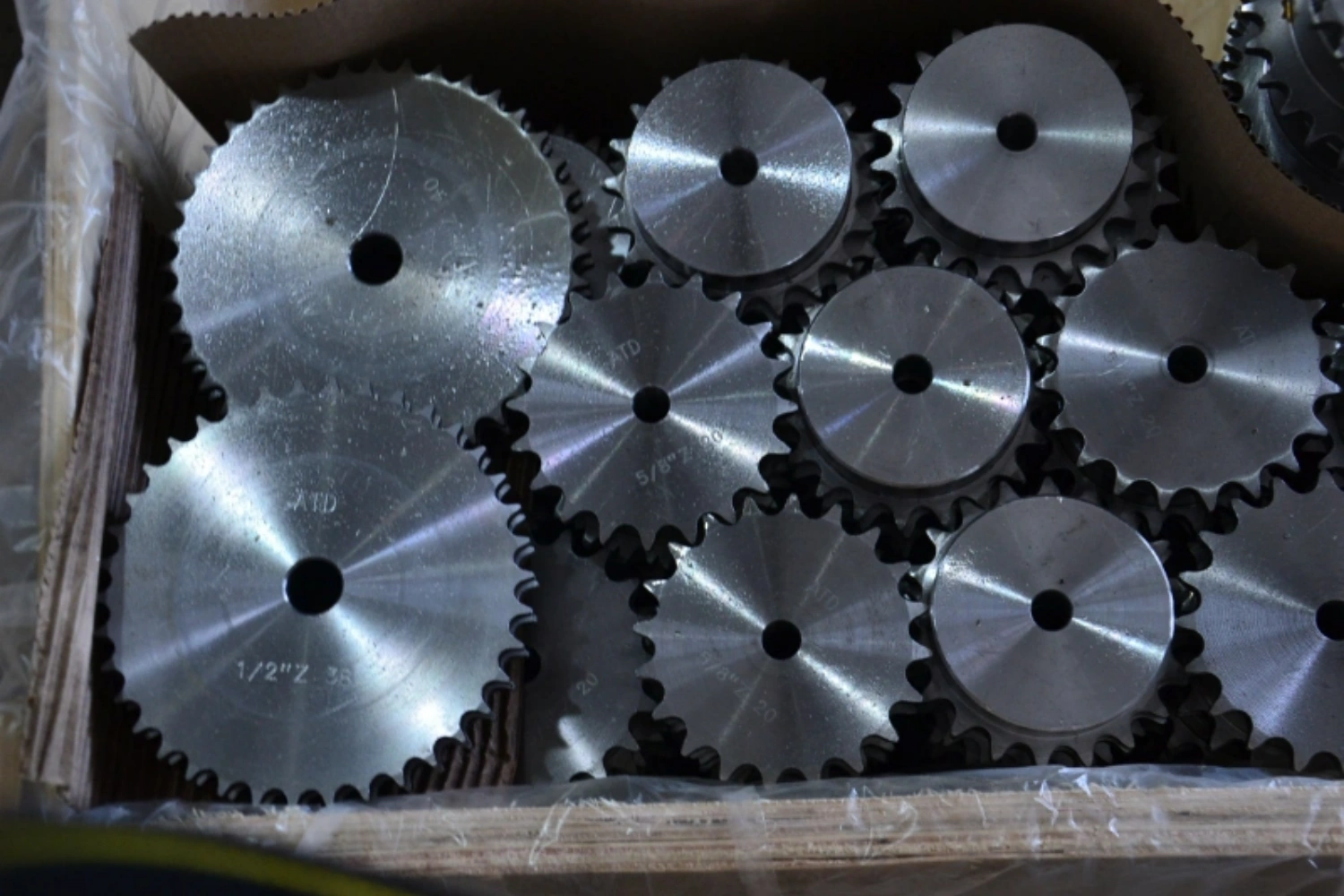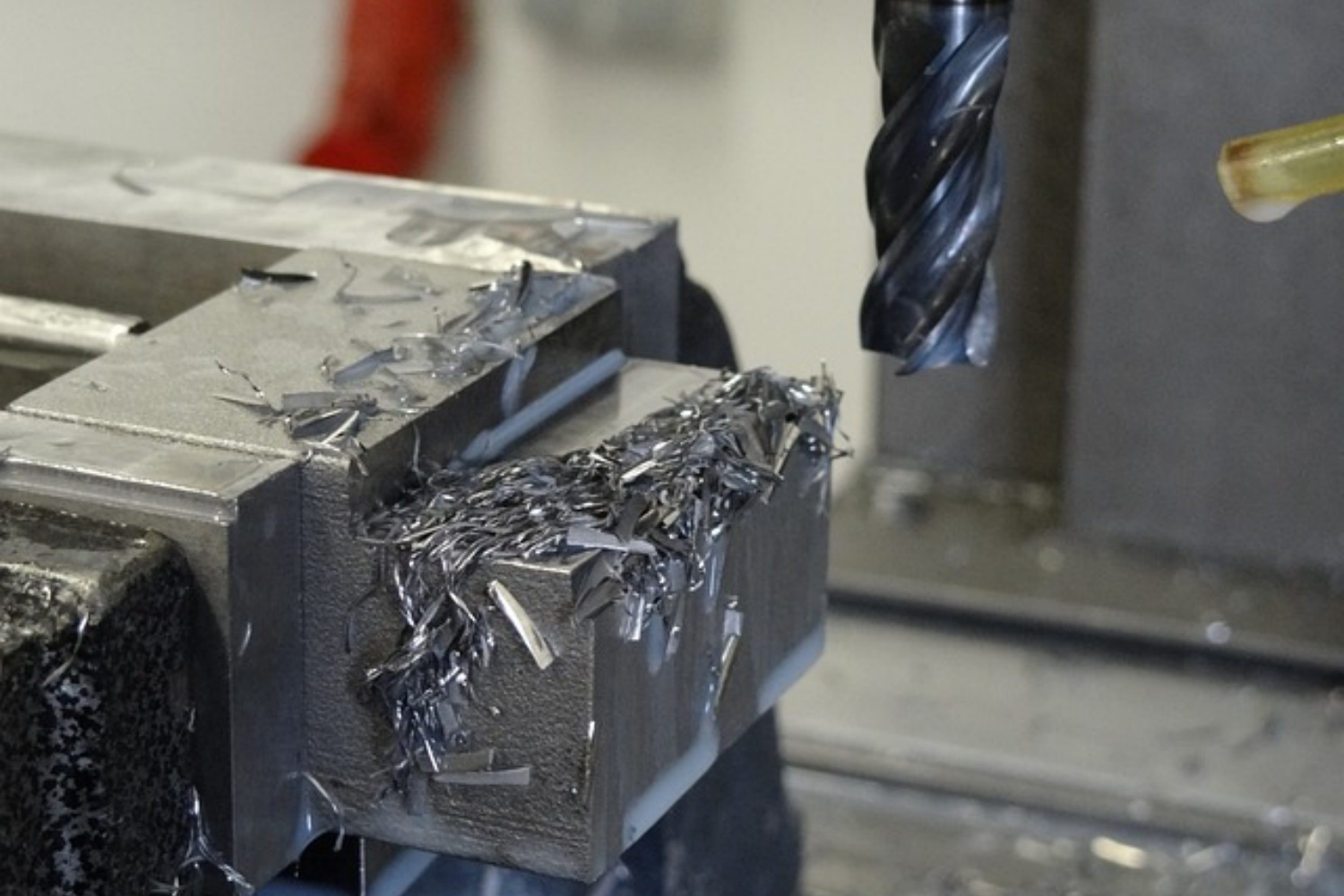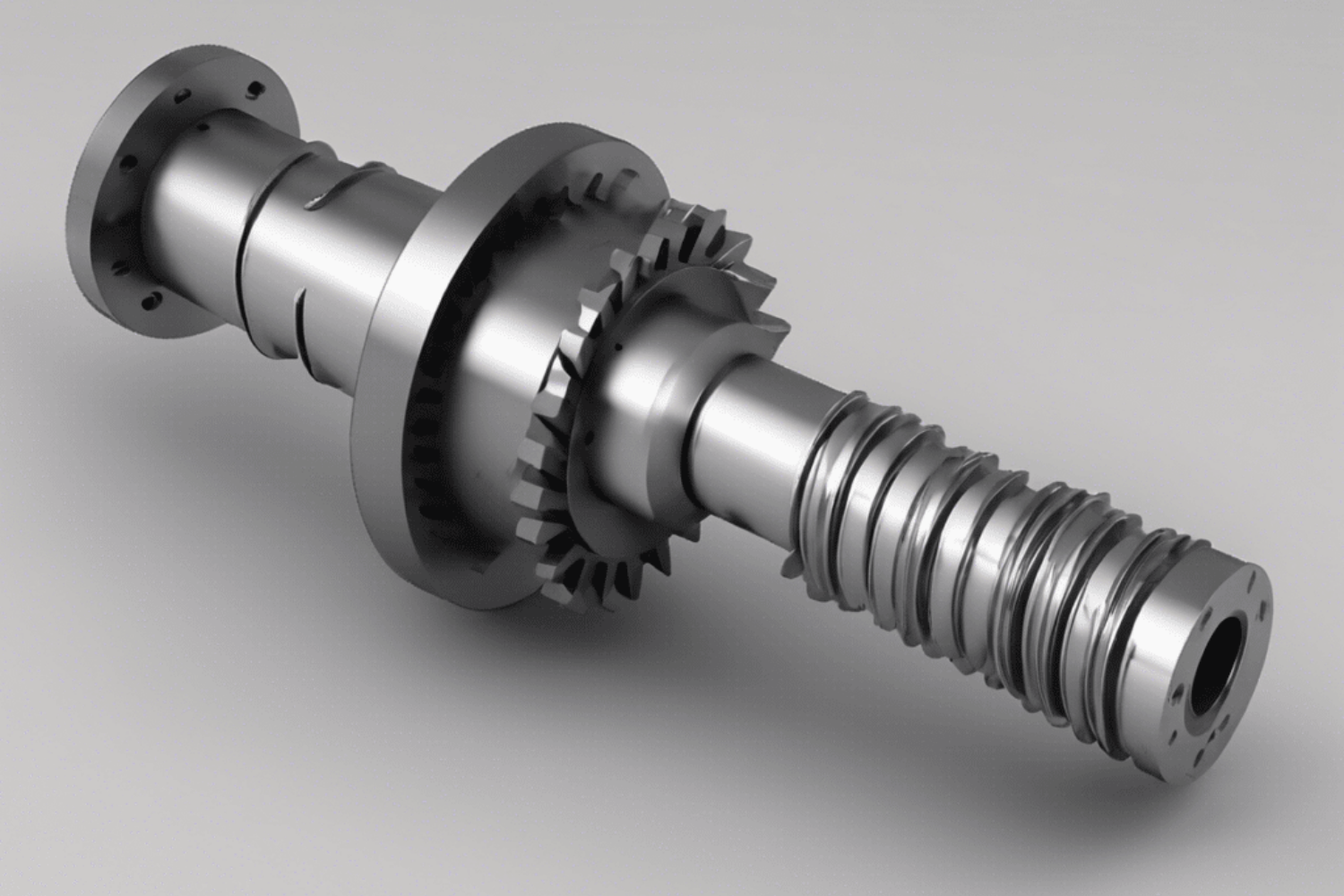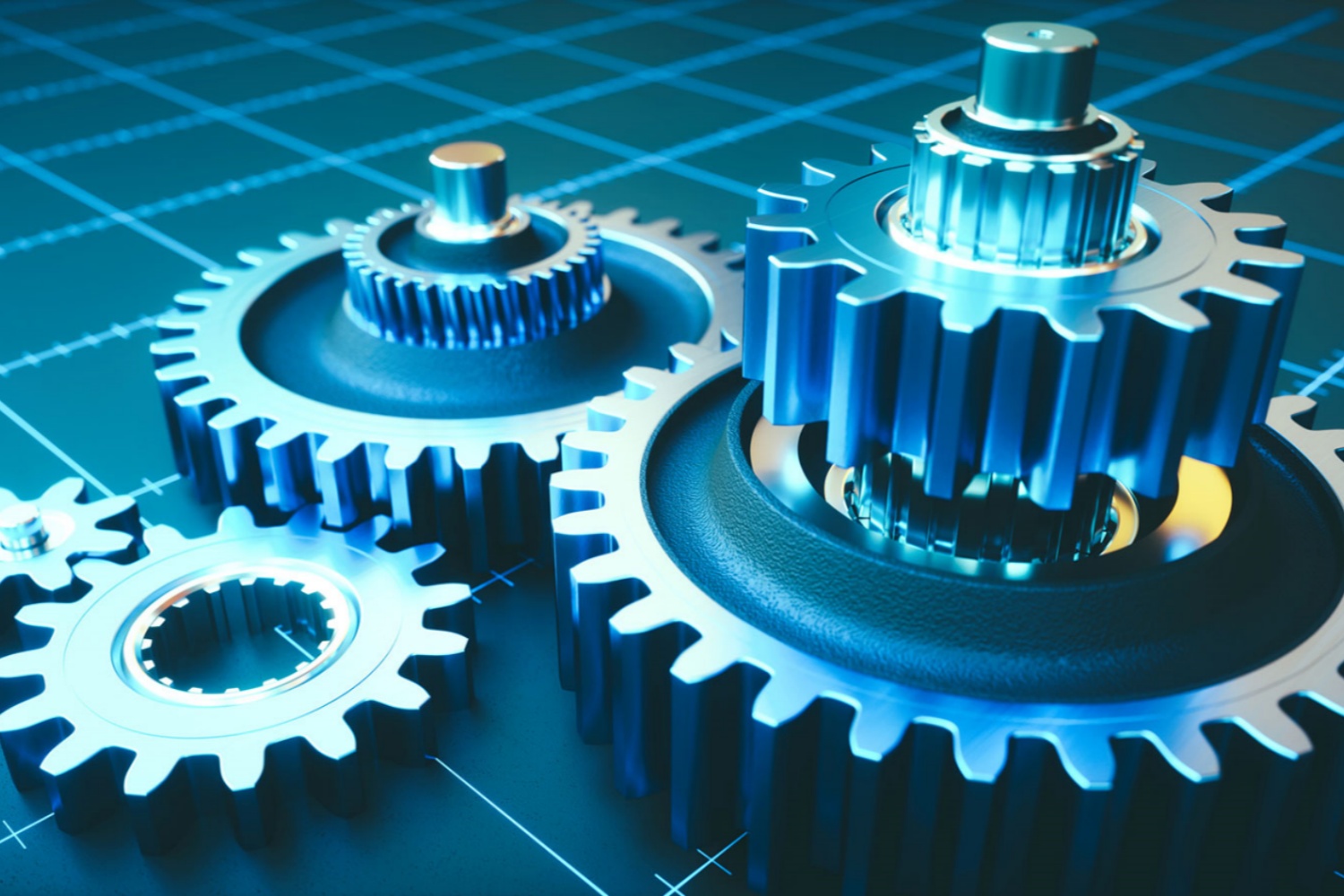Chain sprockets are an integral component in a wide range of mechanical systems, playing a crucial role in transmitting power and motion between different parts of machinery. Over the years, the design, manufacturing, and application of chain sprockets have evolved significantly, driven by advancements in technology, materials science, and engineering principles. This article explores the journey of chain sprockets from their early beginnings to their current state in modern engineering, highlighting the innovations that have shaped their development and the impact they have had on various industries.
Early History of Chain Sprockets
The concept of chain sprockets can be traced back to ancient times when rudimentary mechanisms were used to transmit motion and power. Early examples of chain-driven mechanisms include the water wheel systems used in ancient Greece and Rome, where wooden gears and chains were employed to transfer motion from flowing water to grind grain or perform other tasks. These early systems laid the foundation for the development of more sophisticated chain and sprocket mechanisms in the centuries that followed.
During the Industrial Revolution in the 18th and 19th centuries, the need for more efficient and reliable power transmission systems became evident. As steam engines and other forms of mechanized power gained prominence, the demand for durable and precise components increased. This period marked the beginning of the systematic development of chain sprockets, with engineers experimenting with different materials and designs to improve performance and longevity.
Advancements in Materials and Manufacturing
One of the most significant advancements in the evolution of chain sprockets has been the development of new materials and manufacturing techniques. Early sprockets were often made from wood or cast iron, materials that were readily available but had limitations in terms of strength and durability. As metallurgy advanced, engineers began to explore the use of steel and other alloys, which offered superior strength and resistance to wear.
The introduction of heat treatment processes, such as quenching and tempering, further enhanced the properties of steel sprockets, making them more suitable for demanding applications. These processes improved the hardness and toughness of the sprockets, allowing them to withstand the rigors of high-speed and high-load operations. Additionally, the development of precision machining techniques enabled the production of sprockets with tighter tolerances and more intricate designs, contributing to smoother and more efficient power transmission.
The Impact of Modern Engineering Principles
The application of modern engineering principles has had a profound impact on the design and functionality of chain sprockets. With the advent of computer-aided design (CAD) and computer-aided manufacturing (CAM), engineers can now create highly detailed and optimized sprocket designs that take into account factors such as load distribution, wear patterns, and material properties. These tools allow for the simulation and analysis of sprocket performance under various conditions, enabling engineers to identify potential issues and make necessary adjustments before production.
Finite element analysis (FEA) is another powerful tool that has revolutionized the design of chain sprockets. FEA allows engineers to model the stresses and strains experienced by sprockets during operation, providing valuable insights into their behavior and helping to prevent premature failure. By using FEA, engineers can optimize the geometry of sprockets to distribute loads more evenly, reduce stress concentrations, and extend the service life of the components.
Innovations in Chain Sprocket Design
The evolution of chain sprockets has also been marked by several innovative design concepts that have improved their performance and versatility. One such innovation is the development of self-lubricating sprockets, which are designed to reduce friction and wear without the need for frequent lubrication. These sprockets are typically made from advanced composite materials that incorporate solid lubricants, allowing them to operate smoothly and efficiently in environments where traditional lubrication methods are impractical.
Another notable innovation is the advent of modular sprocket systems, which offer greater flexibility and ease of maintenance. Modular sprockets consist of interchangeable segments or teeth that can be replaced individually, rather than having to replace the entire sprocket. This design not only reduces downtime and maintenance costs but also allows for quick adjustments to accommodate different chain sizes or configurations.
Furthermore, the development of corrosion-resistant coatings and surface treatments has extended the range of applications for chain sprockets. In industries where exposure to harsh chemicals or extreme temperatures is common, such as food processing or chemical manufacturing, sprockets with specialized coatings can provide enhanced protection and durability. These coatings help to prevent corrosion, reduce friction, and improve the overall performance of the sprockets in challenging environments.
The Role of Chain Sprockets in Modern Industries
Today, chain sprockets are used in a wide array of industries, each with its own unique set of requirements and challenges. In the automotive industry, for example, chain sprockets are an essential component of timing systems, where precise synchronization between the engine’s camshaft and crankshaft is critical for optimal performance and fuel efficiency. The high precision and reliability of modern sprockets ensure that engines operate smoothly and without issues, contributing to the overall efficiency and longevity of vehicles.
In the agricultural sector, chain sprockets are vital for the operation of various types of machinery, from tractors to harvesters. These sprockets must be able to withstand harsh environmental conditions, such as exposure to dirt, moisture, and abrasive materials, while maintaining reliable performance. The advancements in materials and coatings have made it possible for agricultural sprockets to deliver the durability and efficiency required for such demanding applications.
The industrial sector also relies heavily on chain sprockets for power transmission in conveyor systems, manufacturing equipment, and other machinery. The ability to customize sprockets to meet specific operational requirements, such as load capacity, speed, and environmental conditions, makes them an indispensable component in industrial operations. The continued evolution of sprocket design and manufacturing ensures that industries can achieve higher levels of productivity, efficiency, and reliability.
The Future of Chain Sprockets
As technology continues to advance, the future of chain sprockets is likely to see further innovations in materials, design, and manufacturing processes. The growing interest in sustainable and environmentally friendly solutions is expected to drive the development of sprockets made from recyclable or biodegradable materials. Additionally, the integration of smart technologies, such as sensors and IoT connectivity, could enable real-time monitoring of sprocket performance, allowing for predictive maintenance and reducing the risk of unexpected failures.
Moreover, the ongoing research into additive manufacturing, also known as 3D printing, holds the potential to revolutionize the production of chain sprockets. 3D printing allows for the creation of complex geometries and customized designs that would be difficult or impossible to achieve with traditional manufacturing methods. This technology could lead to the production of sprockets with enhanced performance characteristics, such as reduced weight, improved strength, and optimized load distribution.
The evolution of chain sprockets in modern engineering is a testament to the power of innovation and the continuous pursuit of excellence in the field of mechanical design. From their humble beginnings in ancient machinery to their current role in cutting-edge industrial systems, chain sprockets have undergone significant advancements that have expanded their capabilities and applications. As industries continue to evolve and new challenges arise, the ongoing development of chain sprockets will remain crucial in driving progress and ensuring the efficiency and reliability of modern engineering solutions.
CONTINUE READING
Related Posts
Machining plays a pivotal role in modern manufacturing, transforming raw materials into precise components essential for various industries. The process […]
Splined shafts are essential components in various mechanical systems, designed to transmit torque and rotational motion efficiently. Their unique design […]
In the realm of mechanical design and engineering, the choice between custom and standard gear sets is pivotal. This decision […]






